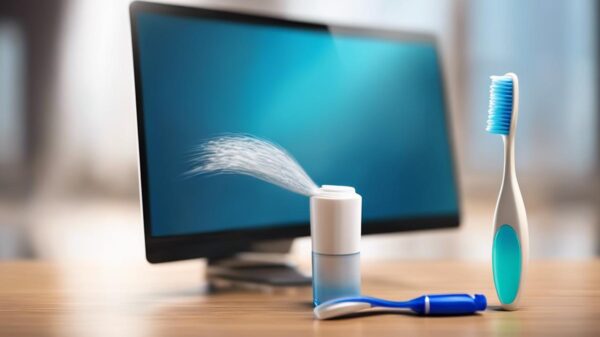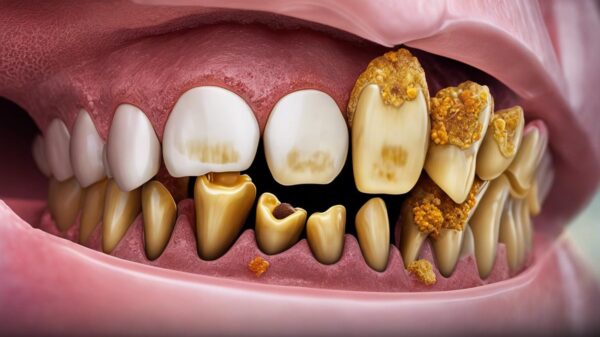Eating Strawberries After Tooth Extraction
A trip to the dentist can sometimes lead to bad news. For example, a tooth has a cavity and then has to be extracted so that the person can then gain some relief. This is a tough experience and often a painful one. The main part that is tough is the obstacles that lie ahead when trying to deal with an extracted tooth is finding foods that allow you to be able to get the nutrients needed and not have to worry about chewing. A popular food that’s packed with flavor and nutrients is strawberries. Small, red, and delicious, these fruits are a popular choice when someone is looking for a fruit to gain some Vitamin C and Potassium.
Can I eat strawberries after having a tooth extracted? The dental experts at Hopper Dental recommend that you wait about a week until introducing solid foods such as strawberries back into your diet. Strawberries can disrupt the healing of the wound where your tooth once was. If you’re eyeing a delicious strawberry salad a day or two after getting a tooth pulled then it might be a good idea to pump the brakes and wait for the okay.
The tried and true method for dealing with an extracted tooth is to stick to soft or liquid foods. Strawberries just miss this, as they’re still crisp enough to disrupt your healing process. Some common foods that are consumed are scrambled eggs, soft bread, and soup. Sticking to the liquid isn’t so bad when you have some of these options, but it’s important to still regularly get in fruits and vegetables. This is where smoothies come in handy for those who are now missing a tooth or two.
How to Eat Strawberries Post-Tooth Extraction
 Smoothies are generally regarded as a healthy option because they contain lots of nutrients that a person needs in their daily life.
Smoothies are generally regarded as a healthy option because they contain lots of nutrients that a person needs in their daily life.
One of the best vitamins to try and incorporate into your diet is Vitamin K, as it helps the blood clot in the healing in the socket left by the extracted tooth. This means less blood to clean up, which is generally a good thing regardless of recovering from an extracted tooth or not.
Protein powder is a good option as well as it can help you to curve other cravings (such as pizza or other delicious solid foods). Smoothies are usually made with fresh fruits or vegetables, however, strawberries might not be your best option. Smoothies are a common option post-extraction. However, it’s extremely important to watch what’s put in your smoothie as there could be solid pieces lurking to ruin your day.
Another thing to be wary of is fruits with small seeds as they could potentially become lodged in the wound and cause irritation or other complications. This does unfortunately include strawberries. To avoid this, it’s important to incorporate a large number of liquids to avoid any chunks that could slip through the blending process. Another important fact is that straws are dangerous to use when dealing with a healing tooth, so a liquidy smoothie is much better than a solid one.
Consider Strawberry Applesauce
As I mentioned before, stick to liquids and soft foods as that’s your best bet of not re-opening your wound from a large chunk of food. If you’re looking to still be able to get the sweet taste of strawberries without the worry of a seed causing you trouble, then look no further than strawberry applesauce. Applesauce itself is a good option post-surgery as it’s sweet and contains important vitamins and nutrients while also being porous and easily digestible.
There are applesauce products that contain strawberries as well and these are commonly found at your local grocery store. This takes out the hassle of blending the strawberries yourself and possibly subjecting yourself to another injury. Along the same lines as the strawberry flavored applesauce, there’s strawberry yogurt. The same concern still applies as with the smoothies about the seeds, but there are varieties of yogurt that do not contain fresh fruit and are completely liquid.
What Foods to Avoid Post-Tooth Extraction
Some of the worst foods to eat after extraction are solid foods, simply because they can rupture the clotted wound and cause your mouth the begin bleeding again. To avoid this, make sure to stick to soft and liquid foods. However, there are other risks to consider when looking for something to help sustain your appetite.
One type of food to avoid is gum, as it can get down in the socket to where the tooth once was. This not only sounds painful, but then you would have to then remove the gum that has gotten into your wound (sounds like loads of fun).
It is also important to avoid alcohol as it can slow down recovery. This would be unfortunate for someone who is looking forward to a nice glass of wine, but you should hold off until your wound has completely healed. Also, it could have negative effects when consumed with your medication. So save the celebrating until the wound has healed.
Finally, avoid spicy foods as well as they can get into your wound and cause a lot of irritation. Nothing sounds worse than putting a habanero pepper into an open wound.
Avoid Straws After Having a Tooth Extracted
The hardest part about sticking to a liquid diet post-op is trying to do so without the use of a straw. Straws are notorious for causing bleeding and the dislodging of the clots in the wound. The smoothies mentioned before don’t quite sound tasty when mixed with the taste of blood. Nor does any food for that matter. Also, plastic straws are bad for the environment anyway, so do both yourself and sea creatures a favor by avoiding straws. Simply use a glass to get your liquid goodness down and allow yourself time to heal.
Related Questions
How do I help with the swelling after getting a tooth extraction?
The swelling that’s usually expected is sometimes proportional to the surgery in question. Swelling around the mouth, cheeks, eyes, and sides of the face isn’t uncommon. this can be the body’s normal reaction to surgery and ultimate repair. The swelling won’t become apparent until the day following surgery and can not reach its most until around 2-3 days post-operatively.
However, the swelling is also decreased by the immediate use of ice packs. There are also certain anti-inflammatory foods that, when blended up, could also help with the swelling. Some of these foods included: leafy greens, kale, cherries, and even the sweetest of all the fruits: strawberries.
Will it take long for my gums to heal?
The healing time will vary counting on the tooth that was extracted and also its size or conditions. As an example, a smaller tooth within the front includes a smaller root system than one amongst your molars will. Nutrition additionally plays a crucial role within the healing method. The initial healing amount typically lasts one to two weeks that the tissue can begin to close up and heal over the location. It will take longer, however, for your gums and bone to completely go to traditional.
By the third or fourth week once the extraction, the socket site ought to be largely recovered. You’ll see or feel a small indentation still, however, the location is likely to be less tender. At eight to ten weeks, most of the bone is likely to be repaired within the space. At four months, the socket will most likely be rehabilitated with new bone.
Can I still go to work if I have had my tooth removed?
Tooth removal may be straightforward extraction or operation, in the majority of easy extractions, the patient receives some sort of anesthesia that numbs the tooth once this wears off depends the severity of the extraction there might be discomfort or pain. in case of surgical extraction, anesthesia could also be given which orders the patient to rest through the day.
In most cases, it’s best to relax for the balance of the day once extracted. With the conditions that a person could be subjected to after a tooth extraction, it is important to get rest and back on your feet. Work, for some, can be a less than pleasant experience. Add bleeding gums and swollen cheeks and the experience becomes even worse, so best to stick at home for a while.












